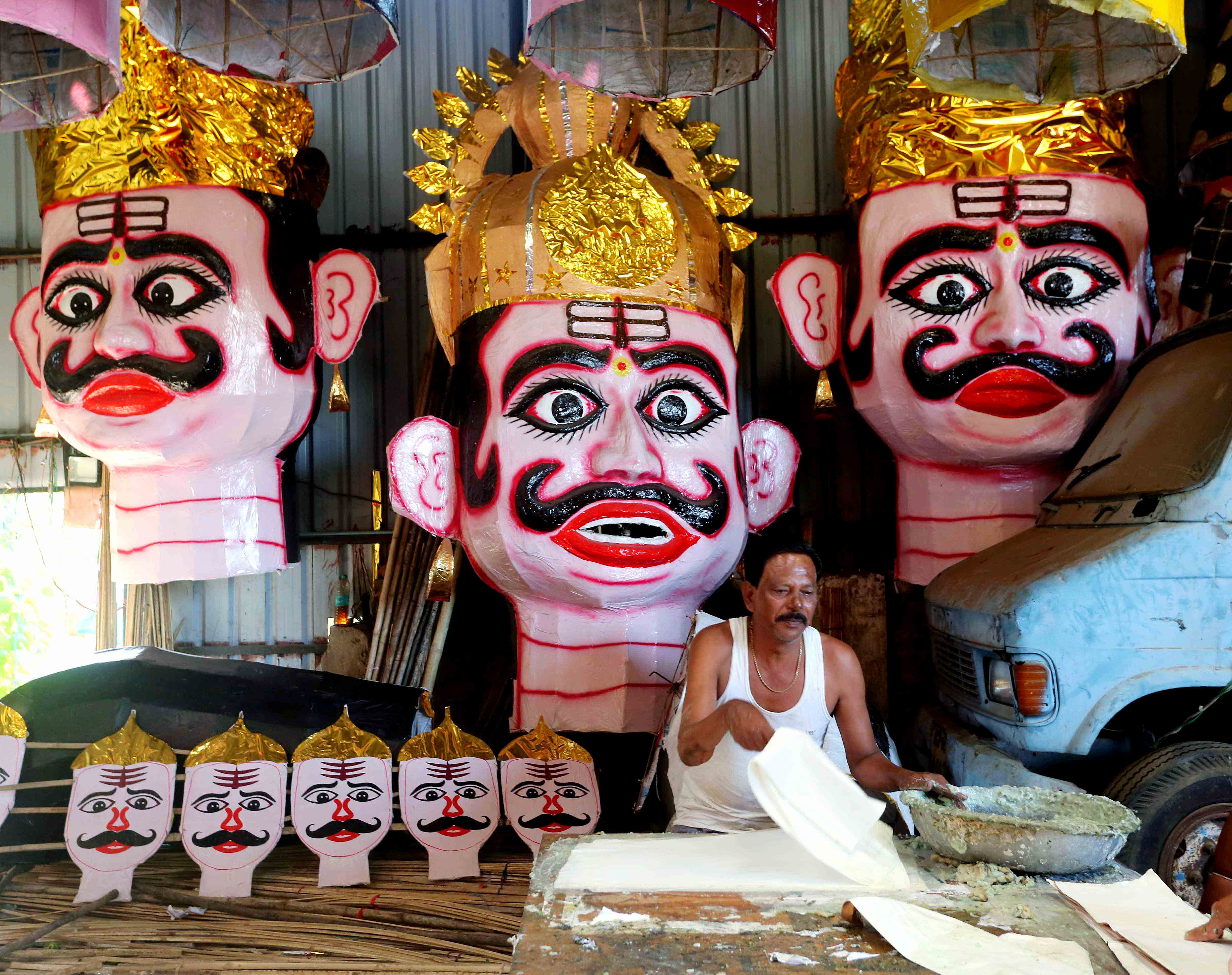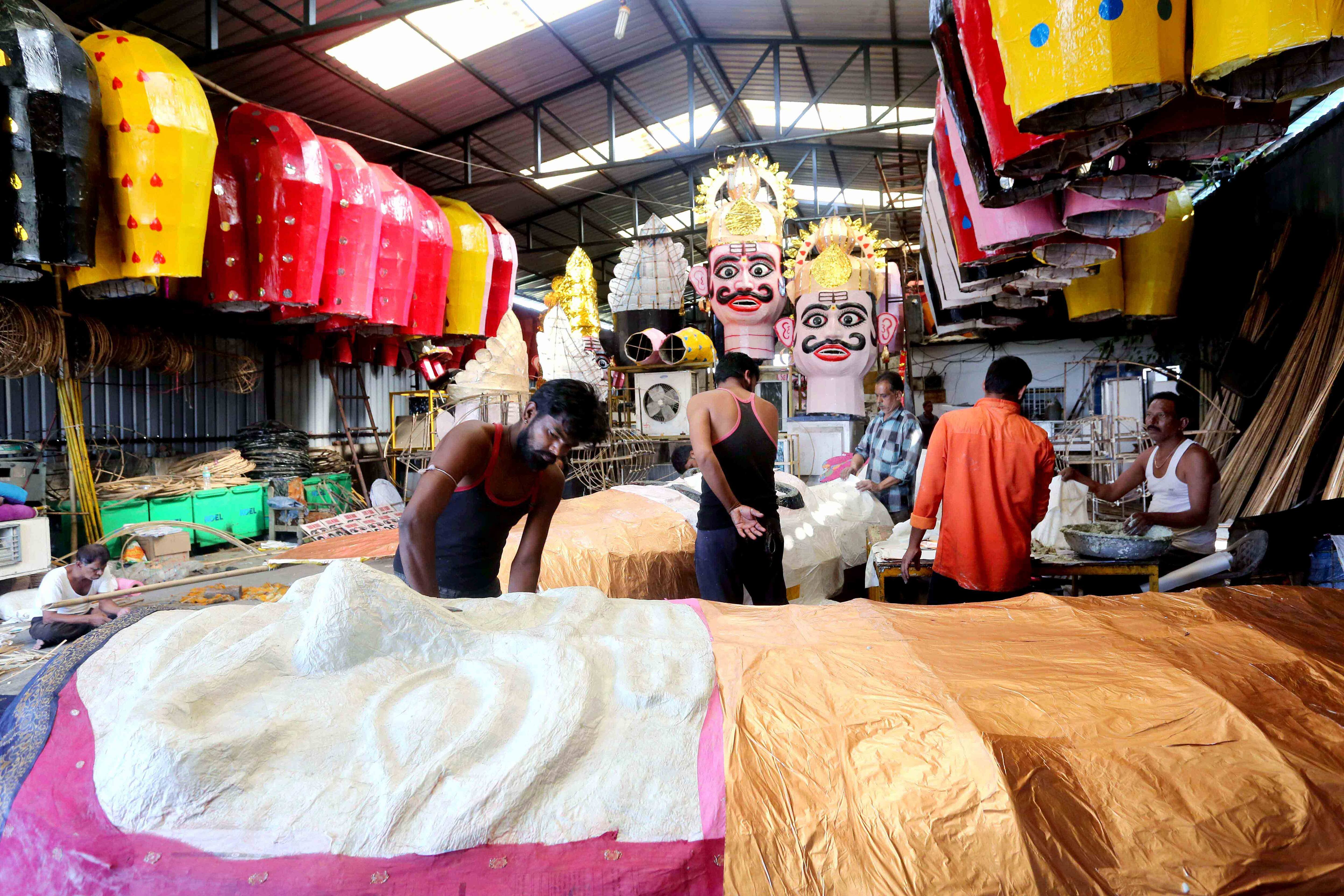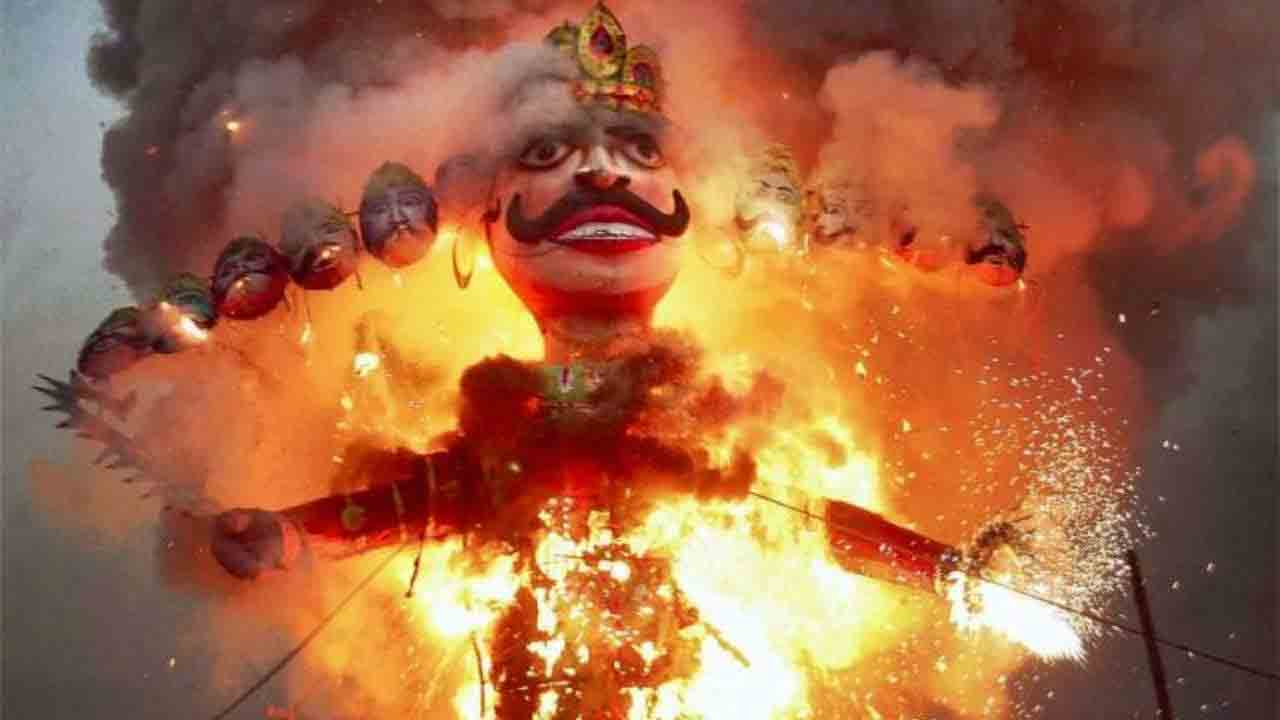Dussehra 2021: When is Vijayadashami celebrated in India, check details here
The festival is celebrated with great joy and fervour across India as people burn effigies of Raavan.
)
As per Hindu belief, two important events took place on Dussehra - Goddess Durga killed the demon king Mahishasura and Lord Ram defeated Raavana. Hence, it is principally celebrated as the victory of truth over evil.

Vijayadashami celebrations include processions to a river or ocean front that involve carrying clay statues of Durga, Lakshmi, Saraswati, Ganesha and Kartikeya, accompanied by music and chants, after which the images are immersed in the water for dissolution and farewell. Elsewhere, on Dussehra, towering effigies of Ravan, symbolising evil, are burnt with fireworks, marking evil's destruction.

The festival also starts the preparations for Diwali, the important festival of lights, which is celebrated twenty days after Vijayadashami.

Some key rituals of Dussehra are Shami Puja, Aparajita Puja and Seema Avalanghan. As per Hindu beliefs, these rituals are supposed to be carried out during the Aparahna time.

Dussehra is also considered as the festival of lights as on this day, people light up their homes with colourful lights and ghee lamps are lit in the houses.

